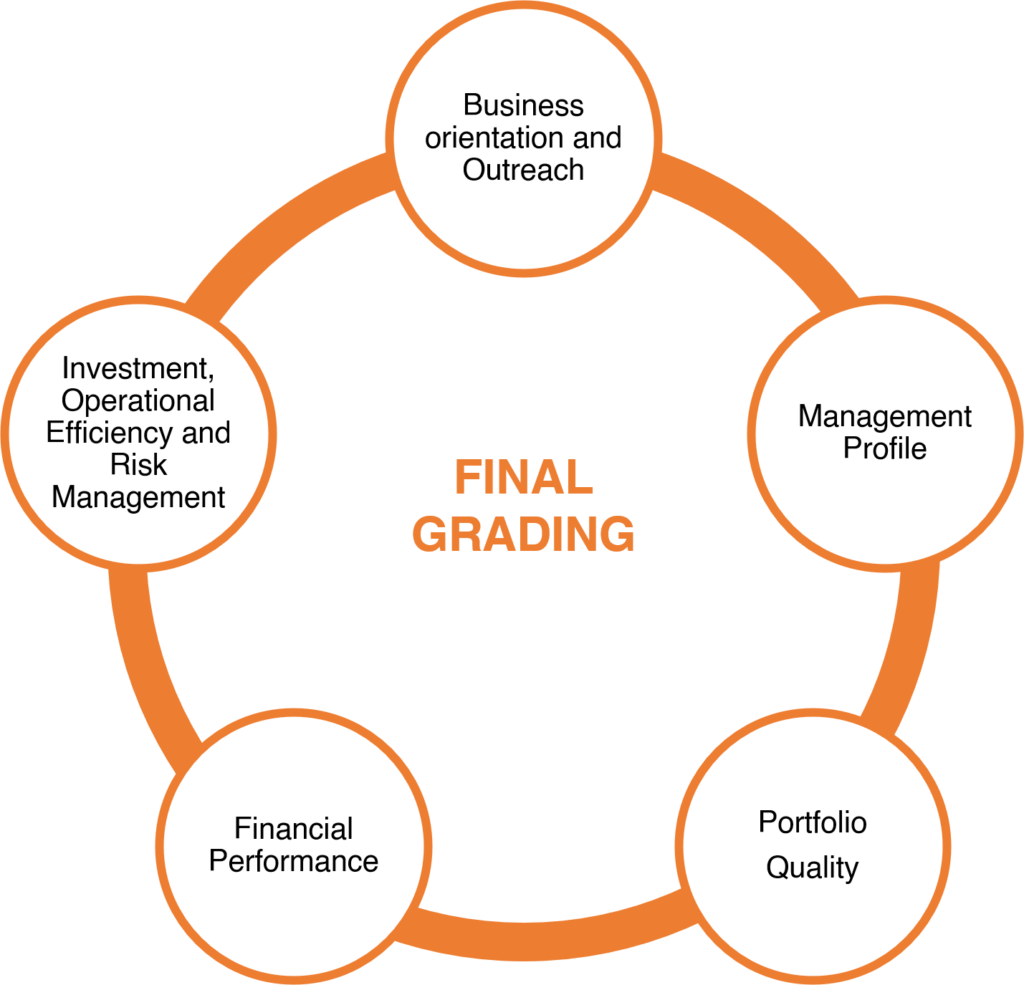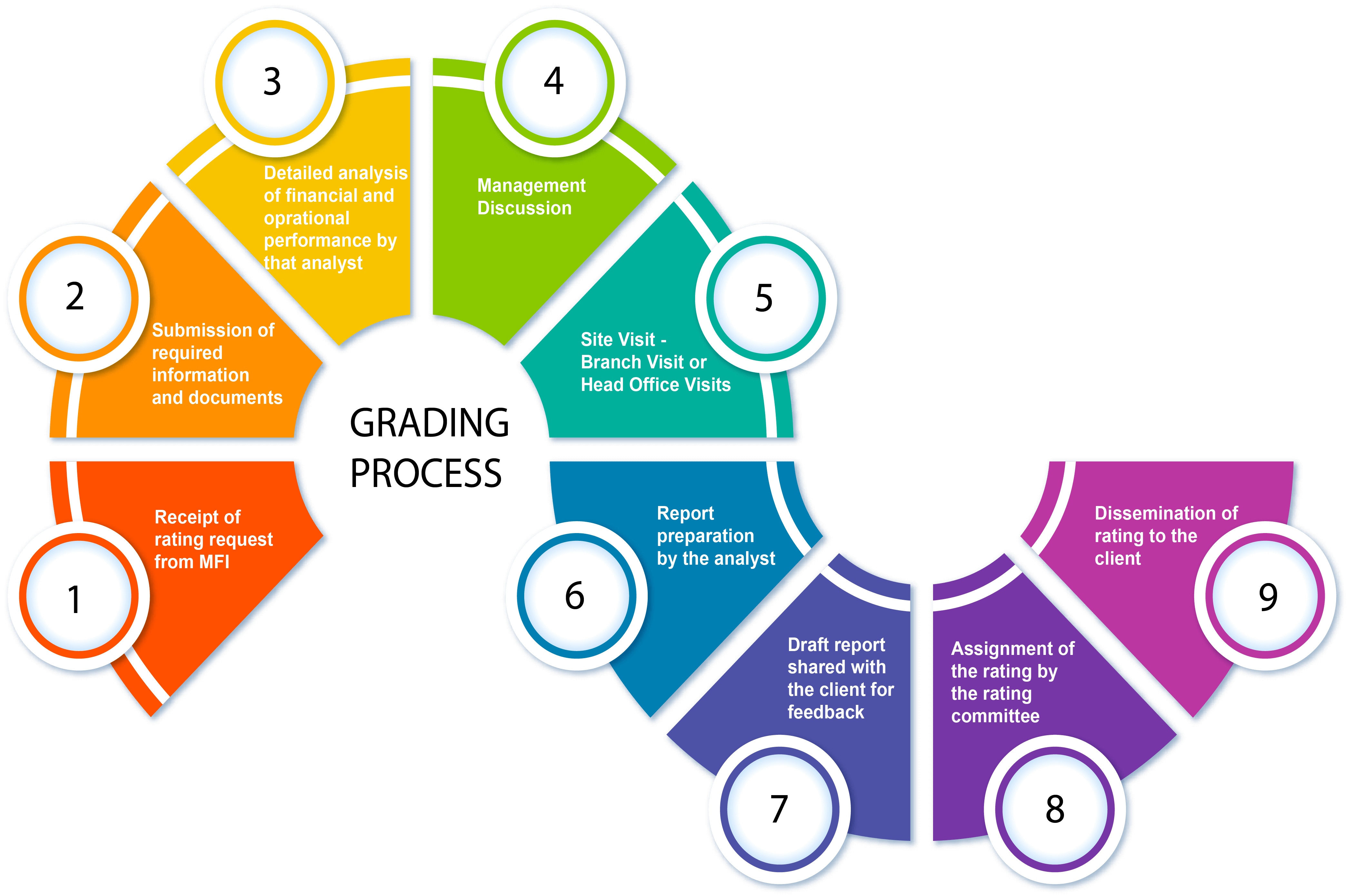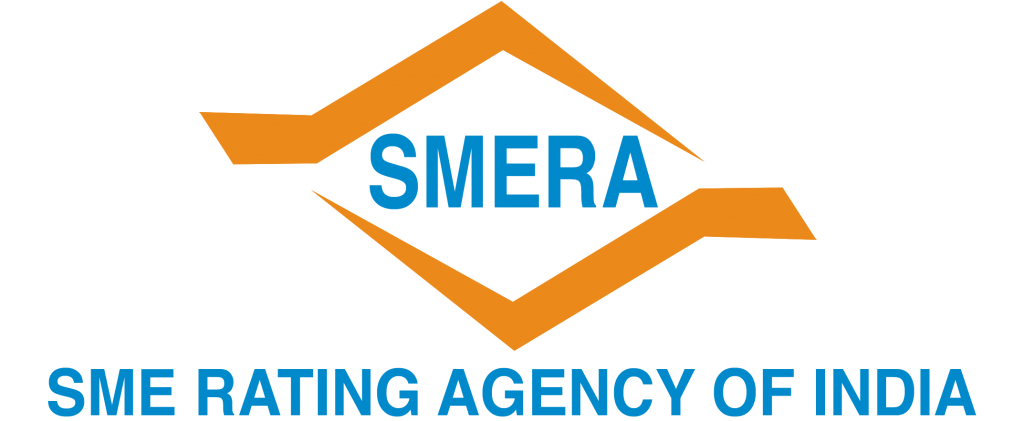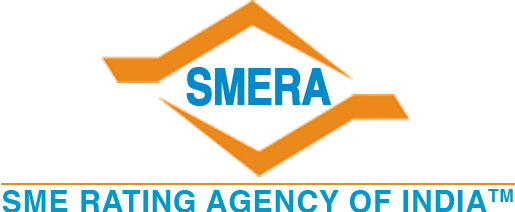
MFI GRADING
Microfinance involves providing credit and other financial services and products to the economically challenged to enable them to raise their income levels and living standards. Typically, customers of Microfinance institutions (MFIs) do not have access to banking services and depend on informal sources for their credit requirements.
MFIs fulfil the critical objective of providing financial services to the economically challenged; such services enable clients to meet their credit requirements, fulfil their entrepreneurial ambitions and enhance their economic status. However, microfinance can create a lasting impact in society only if it is provided on a sustainable basis. To make this happen, SMERA offers risk assessment (including MFI grading) and diagnostic services to help MFIs and other constituents in the microfinance industry to measure, mitigate and manage their business and financial risks. Lenders, donors and investors also benefit substantially from SMERA’s inputs because their growing microfinance portfolios demand an intensive, sustained assessment of key monitorable.
CHARACTERISTICS OF MFIs
- The nascent state of the microfinance industry, the world over, and the limited size of MFIs
- Most MFIs either began as non-governmental organisations (NGOs) or were nurtured by NGOs, resulting in a non-commercial orientation
- Most MFIs are not regulated and do not adhere to prudential norms, unlike banks and financial institutions
- Most MFIs have a governance structure of their own
- A number of MFIs are characterised by an absence of capital/equity
- MFIs have distinct lending models that help them maintain asset quality
BENEFITS
Independent third-party opinion
Provides unbiased rating to MFIs, enhances credibility, and also helps adopt good governance policies for sustainability.
Builds confidence with business partners
A good rating provides comfort to lenders, including bankers, financial institutions, NBFCs and collaborators to partner with the related MFIs.
Self-improvement tool
This helps the rated entity to identify areas of improvement and plan for corrective measures.
METHODOLOGY

GRADING CRITERIA
- Capital Adequacy & Components of capital
- Portfolio of Risk
- Coverage Ratios, Provision Expense Ratio, Operating Expense Ratio
- Cost of Funds & Cost Per Borrower Return on Assets & Equity
- Operational Cost
- Profitability per Branch & Employee
- Fund Management & Sourcing
- Managing & Sourcing of funds
Microfinance Grading
- Portfolio Diversity
- Market Penetration and Financial Services
- Effective Management of Systems & Processes
- Competency in Interaction with borrowers
- Independent Risk Management Monitoring & Supervision
- Loan Sanction & Disbursal Policies
- Management of credit, Market & Operational Risks
- Management of Legal & Compliance Risks
- Fraud Detection & Reputation & Strategic Risk
- Capital Adequacy & Components of capital
- Portfolio of Risk
- Coverage Ratios, Provision Expense Ratio, Operating Expense Ratio
- Cost of Funds & Cost Per Borrower Return on Assets & Equity
Receipt of rating request from MFI
Submission of required information and documents
Detailed analysis of financial and oprational performance by that analyst
Management Discussion
Site Visit - Branch Visit or Head Office Visits
Report preparation by the analyst
Draft report shared with the client for feedback
Assignment of the rating by the rating committee
Dissemination of rating to the client
GRADING CRITERIA
Management Quality
- Knowledge & Competence Business Strategies Financial & Accounting Polices
- Business Strategies
- Corporate Governance Policies & Processes
- Management Consistency
- Vision & Social impact of the organization
Business Model
- Portfolio Diversity
- Market Penetration and Financial Services
- Effective Management of Systems & Processes
- Competency in Interaction with borrowers
Operational Efficiency
- Operational Cost
- Profitability per Branch & Employee
- Fund Management & Sourcing
- Managing & Sourcing of funds
Risk Management
- Independent Risk Management Monitoring & Supervision
- Loan Sanction & Disbursal Policies
- Management of credit, Market & Operational Risks
- Management of Legal & Compliance Risks
- Fraud Detection & Reputation & Strategic Risk
Financial Performance
- Capital Adequacy & Components of capital
- Portfolio of Risk
- Coverage Ratios, Provision Expense Ratio, Operating Expense Ratio
- Cost of Funds & Cost Per Borrower Return on Assets & Equity
GRADING PROCESS



